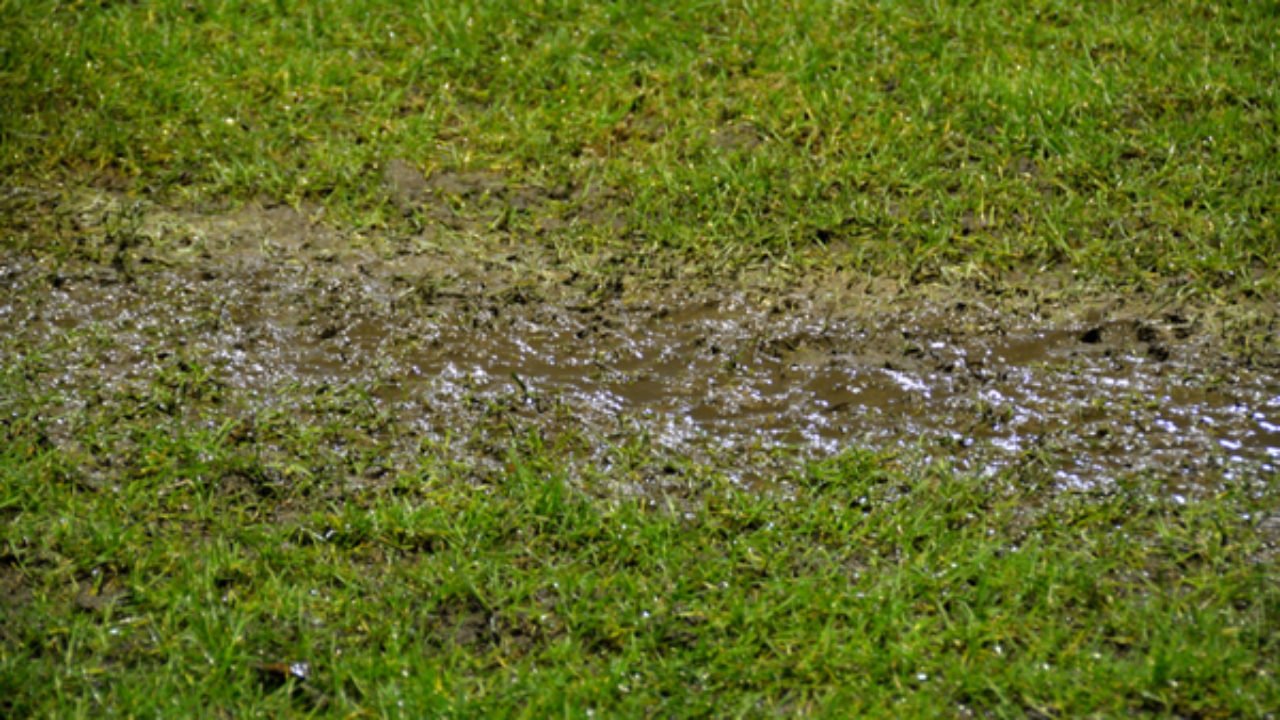We've stumbled on this article on Hacks to detect leaks down the page on the internet and decided it made good sense to discuss it with you here.

Early discovery of dripping water lines can mitigate a potential calamity. Some tiny water leaks may not be visible.
1. Take A Look At the Water Meter
Every house has a water meter. Inspecting it is a guaranteed manner in which aids you uncover leakages. For beginners, shut off all the water sources. Guarantee nobody will certainly purge, utilize the faucet, shower, run the washing device or dish washer. From there, most likely to the meter and also watch if it will certainly change. Given that nobody is using it, there must be no motions. That suggests a fast-moving leakage if it moves. Likewise, if you detect no changes, wait an hour or two and also inspect back once again. This means you might have a slow leakage that could even be underground.
2. Inspect Water Usage
If you detect sudden modifications, in spite of your usage being the exact same, it implies that you have leaks in your plumbing system. An unexpected spike in your expense shows a fast-moving leakage.
A consistent increase every month, even with the exact same behaviors, shows you have a slow-moving leak that's likewise gradually escalating. Call a plumber to extensively inspect your property, specifically if you really feel a warm area on your floor with piping underneath.
3. Do a Food Coloring Test
When it comes to water intake, 30% comes from bathrooms. Test to see if they are running correctly. Drop flecks of food color in the storage tank and wait 10 mins. There's a leakage in between the container and also dish if the shade in some way infiltrates your bowl during that time without flushing.
4. Asses Outside Lines
Do not neglect to examine your outdoor water lines as well. Ought to water seep out of the link, you have a loosened rubber gasket. One little leak can throw away tons of water and surge your water costs.
5. Evaluate and Examine the Circumstance
House owners should make it a practice to inspect under the sink counters as well as also inside cabinets for any bad odor or mold and mildew growth. These 2 red flags indicate a leakage so timely focus is called for. Doing regular examinations, even bi-annually, can conserve you from a significant issue.
Extra importantly, if you know your residence is already old, keep a watchful eye on your heating systems, hoses, pipes and so on. Look for stainings and also compromising as most appliances and also pipes have a life span. They will likewise normally degrade as a result of tear and use. Do not wait for it to rise if you think dripping water lines in your plumbing system. Call a specialist plumber right now so you don't wind up with an awful mess in your home.
Early detection of leaking water lines can reduce a potential catastrophe. Some small water leaks may not be visible. Checking it is a surefire method that assists you find leakages. One small leakage can lose heaps of water and also spike your water costs.
If you believe dripping water lines in your plumbing system, do not wait for it to rise.
WARNING SIGNS OF WATER LEAKAGE BEHIND THE WALL
PERSISTENT MUSTY ODORS
As water slowly drips from a leaky pipe inside the wall, flooring and sheetrock stay damp and develop an odor similar to wet cardboard. It generates a musty smell that can help you find hidden leaks.
MOLD IN UNUSUAL AREAS
Mold usually grows in wet areas like kitchens, baths and laundry rooms. If you spot the stuff on walls or baseboards in other rooms of the house, it’s a good indicator of undetected water leaks.
STAINS THAT GROW
When mold thrives around a leaky pipe, it sometimes takes hold on the inside surface of the affected wall. A growing stain on otherwise clean sheetrock is often your sign of a hidden plumbing problem.
PEELING OR BUBBLING WALLPAPER / PAINT
This clue is easy to miss in rooms that don’t get much use. When you see wallpaper separating along seams or paint bubbling or flaking off the wall, blame sheetrock that stays wet because of an undetected leak.
BUCKLED CEILINGS AND STAINED FLOORS
If ceilings or floors in bathrooms, kitchens or laundry areas develop structural problems, don’t rule out constant damp inside the walls. Wet sheetrock can affect adjacent framing, flooring and ceilings.
https://www.servicemasterbyzaba.com/blog/how-to-detect-water-leakage-in-walls/

We hope you enjoyed reading our excerpt on Locating water leaks. Thanks so much for taking time to read our article. Sharing is caring. Helping others is fun. I am grateful for your time. Kindly pay a visit to our website back soon.